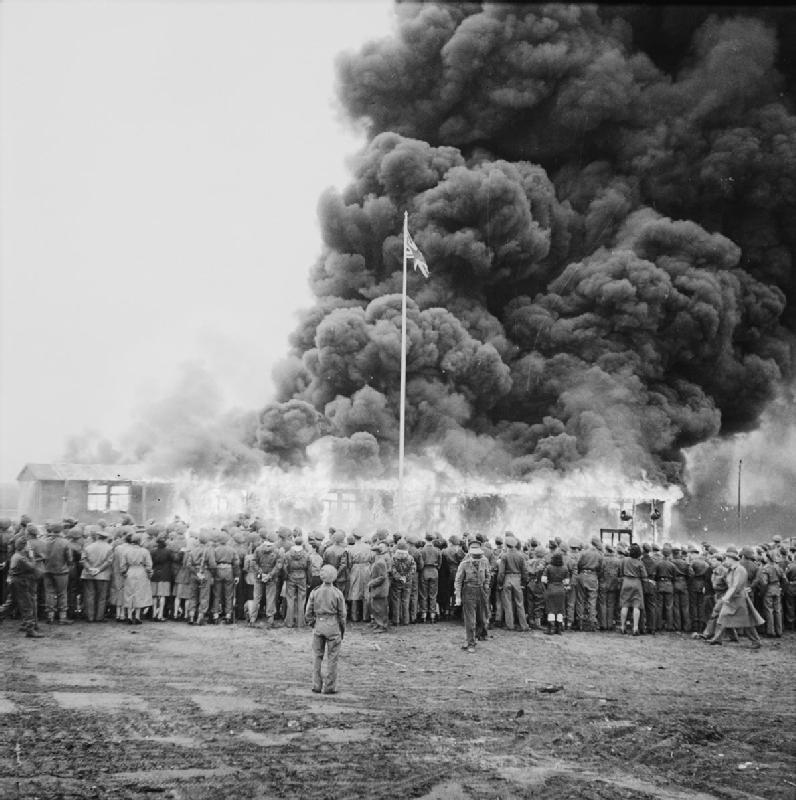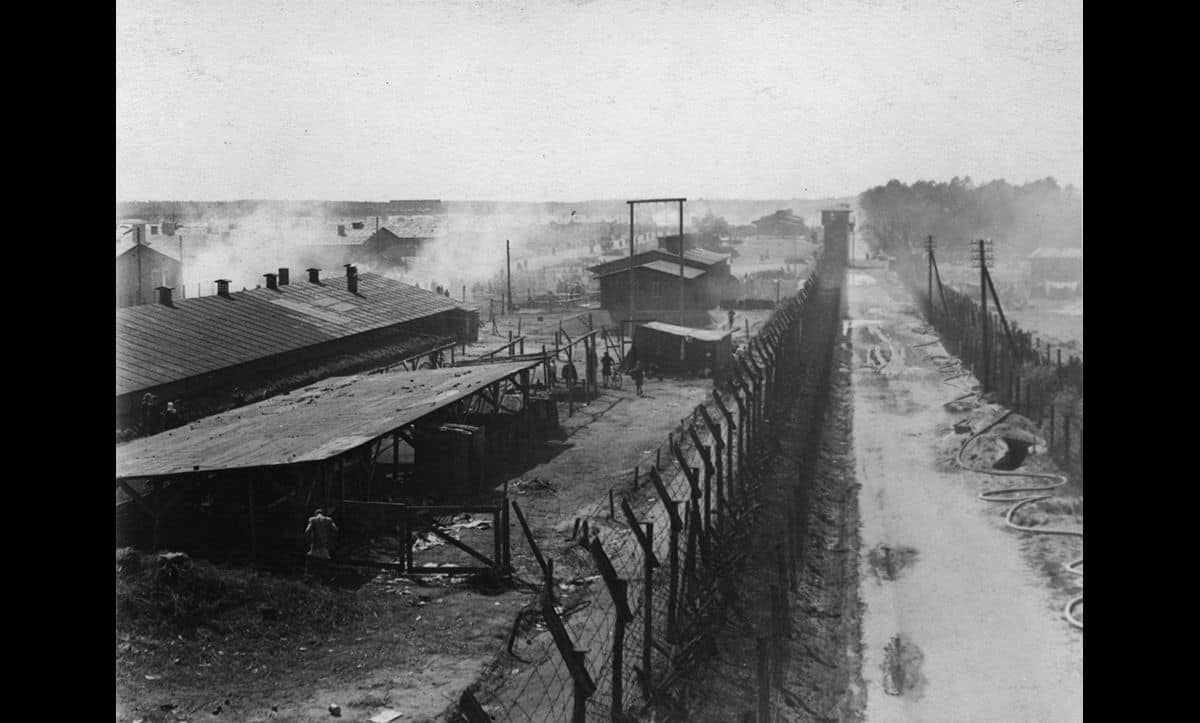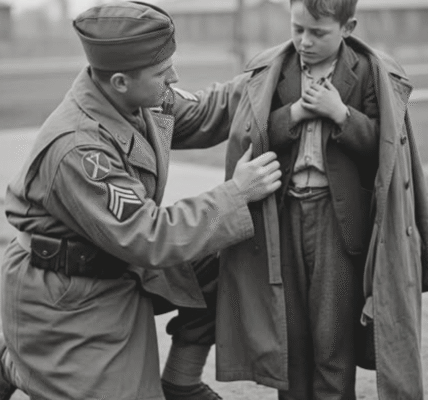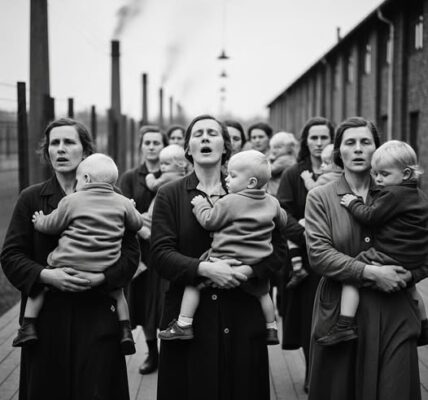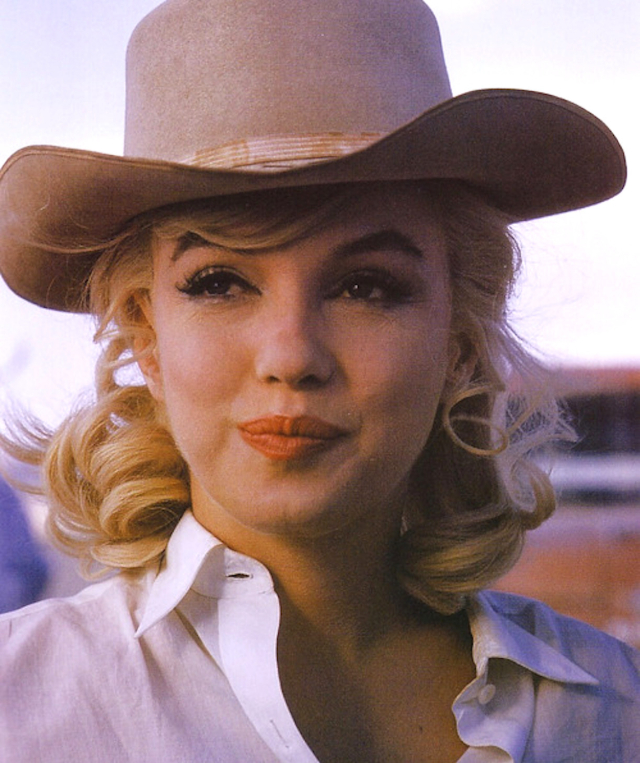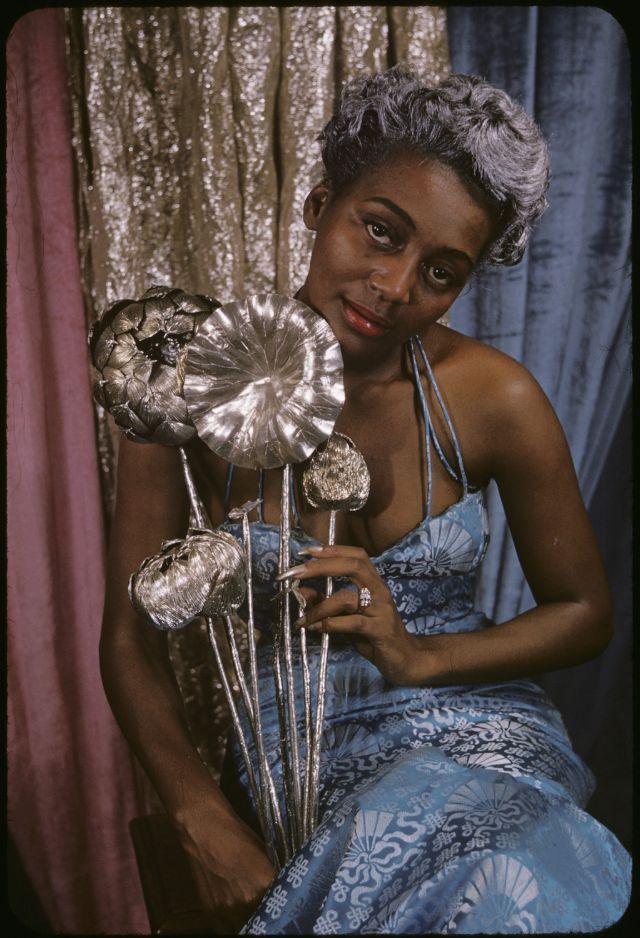The Blanket in the Snow — Bergen-Belsen, 1945
The snow was falling heavily that April morning, its silence almost mocking the screams and cries that had haunted Bergen-Belsen just days before. The war was ending, but its scars were etched into every wall, every frozen body, and every survivor who still clung to life. Amid the ruins of humanity, one story of compassion would survive the decades — the story of a British soldier, a dying girl, and a blanket in the snow.
Bergen-Belsen concentration camp was liberated by British forces on April 15, 1945. What they found defied imagination: more than 60,000 starving prisoners, and thousands of unburied corpses lying where they had fallen. Disease — typhus, tuberculosis, dysentery — ran rampant, claiming lives even after liberation.
For many soldiers, the sight was beyond anything they had ever trained for. They had faced German tanks, machine gun fire, and artillery, but nothing compared to the silence of the dead and the hollow eyes of the living. It was not war anymore — it was the aftermath of something darker.
Among the chaos, one unnamed soldier would etch his memory into history not with a rifle, but with an act of tenderness.
As he patrolled near the perimeter of the camp, snowflakes gathering on his shoulders, he spotted her. A girl, no older than twelve, huddled against a brick wall. Her skin was ghostly pale, her frame little more than bone. She had no shoes, no coat, and the thin striped garment clinging to her was soaked through.
The soldier approached cautiously. Survivors sometimes recoiled from touch, fearing brutality. But this child did not move. Her eyes stared into the void, a silence deeper than fear.
Kneeling beside her, he removed his greatcoat — the only thing shielding him from the bitter wind — and wrapped it around her trembling frame. She did not speak, but when the wool touched her skin, her lips parted slightly, and a breath — fragile, but human — escaped.
“She was smaller than my arm span,” he would later write in his diary, “yet she carried the weight of the world in her eyes.”
In that moment, the war was not about nations, politics, or ideology. It was about a soldier and a child, about life holding onto life in the bleakest of winters. The coat, heavy with snow, became more than fabric. It became hope, a symbol that even in the ruins of cruelty, kindness could still exist.
Medics soon arrived, but the image would stay with him forever: the girl wrapped in his coat, eyes flickering between death and survival, snow melting slowly against her fragile skin.
When we speak of Holocaust remembrance, we often think in terms of numbers: six million Jews murdered, millions more persecuted — Roma, political prisoners, disabled people, and countless others. But numbers can numb us. Stories, however, cut through the statistics.
The story of the “blanket in the snow” reminds us that survival was not always about strength or chance — sometimes it was about the simple act of one human being recognizing another’s humanity.
For the British soldier, that moment was not heroism. It was instinct. For the girl, it may have been the difference between life and death.
Today, when we face refugee crises, war zones, and humanitarian disasters around the globe, this story continues to resonate. The image of a soldier wrapping a child in a blanket amidst the snow speaks to the universal need for compassion.
Keywords like human rights, humanitarian aid, and refugee protection are not abstract ideas. They are built on acts like this — moments when one person decides that another’s survival matters more than their own comfort.
The soldier’s diary entry is preserved in archives of liberation testimonies. It has been cited in Holocaust education programs, reminding future generations that empathy is as vital as justice.
Historians note that for many soldiers, Bergen-Belsen was the most traumatic experience of their service. Some never spoke of it again, unable to process the horror. But those who did, like the soldier who gave his coat, left behind fragments of humanity amid the ruins.
The girl’s fate remains uncertain. Records from Bergen-Belsen survivors are incomplete, and many children rescued were too ill to survive even after liberation. But whether she lived or not, her existence — and the soldier’s kindness — continue to echo.
If you search for Bergen-Belsen liberation, Holocaust survivor stories, or acts of compassion in WWII, you will find this account among the countless testimonies of resilience and mercy. It stands as a reminder that even in the darkest winters of history, small actions — a blanket, a touch, a coat — can warm the soul.
The war ended, but the memory did not. That soldier carried with him the image of a fragile child wrapped in his coat for the rest of his life. He fought not only to liberate camps but to remind the world that war is not measured only in victories or defeats, but in the humanity preserved along the way.
Today, visitors to Holocaust memorials, such as Yad Vashem in Jerusalem or the United States Holocaust Memorial Museum, encounter testimonies like his. They remind us that remembrance is not passive. It demands that we, too, act with courage and compassion in our own time.
The snow still falls in Northern Germany every winter, covering the silent grounds of Bergen-Belsen. Visitors walk its paths, reading the memorial stones, trying to imagine the unimaginable. And sometimes, if they close their eyes, they may see it: a soldier kneeling in the snow, giving his only warmth to a child who had none.
The story of the blanket in the snow is not only about the past. It is about us — about the choices we make, the compassion we show, and the hope we can offer in a world still scarred by violence.
Because sometimes, survival begins with something as simple as a coat in the snow.

